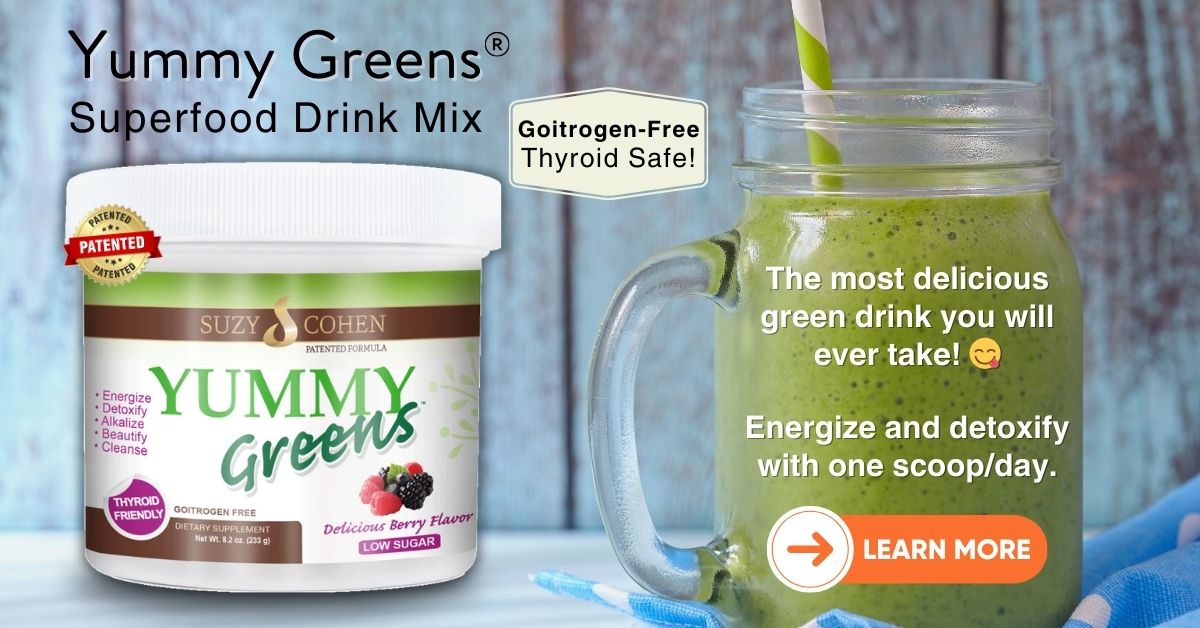Most people believe that medications are synthetic substances that the FDA has approved for the clinical treatment of disorders, without realizing they were derived from a plant. Thousands of FDA-approved medications began as natural plants and flowers! You may not realize this, but no morphing and patenting is necessary… the natural plants actually provided what humans needed for eons.
Only recently have we begun to turn them into patented chemicals by altering their original form. But their original form is available as herbal medicine, and sold in health food stores nationwide. Maybe not in all cases like morphine, but certainly in thousands of examples.
Little known fact now—> the most popular medication on Earth for blood thinning is Coumadin®, which contains coumarin and is FDA-approved for safety and efficacy. It is sold globally to prevent blood clots and thin the blood, protecting people with heart arrhythmias. However, Tonka beans are banned because they have naturally-occurring coumarin in them. This plant-chemical or “phytochemical” is apparently “bad” if it comes from nature.
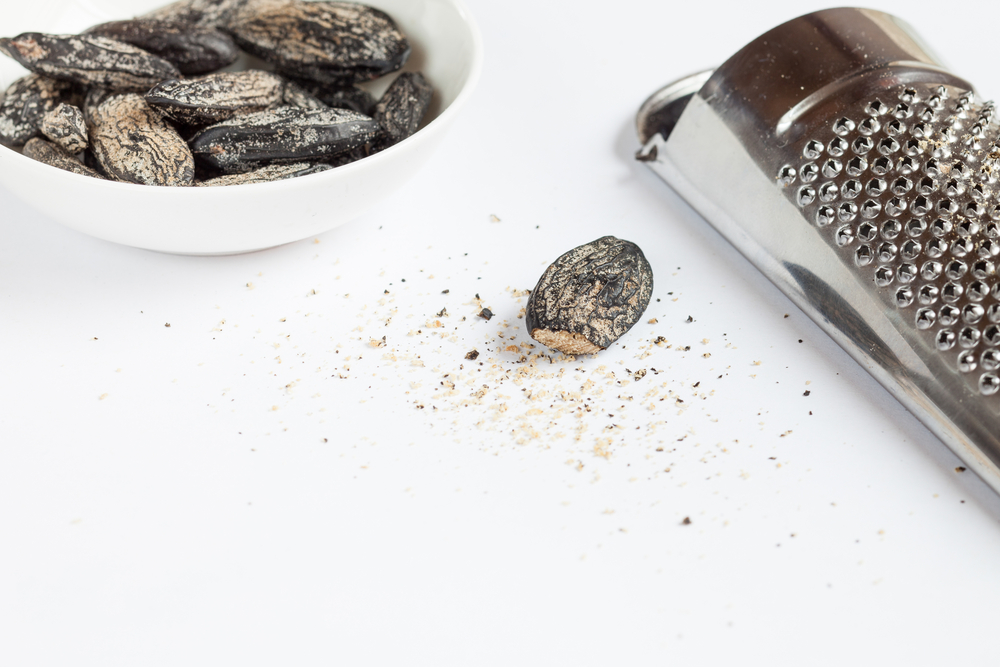
Coumarin, used to make the drug Coumadin® is a natural compound found in several plants and foods in very low amounts, such as green tea, chicory, lavender, licorice herb, strawberries, apricots, cherries, cinnamon, and sweet clover. Tonka beans (now banned in the USA) contain coumarin. These ‘beans’ have a nice aroma, and supposedly taste like a combination of almonds, cinnamon and cherry with vanilla! I’ve never cooked with them because they are banned in the USA due to potential for liver harm. I hope they ban lavender or strawberries next!
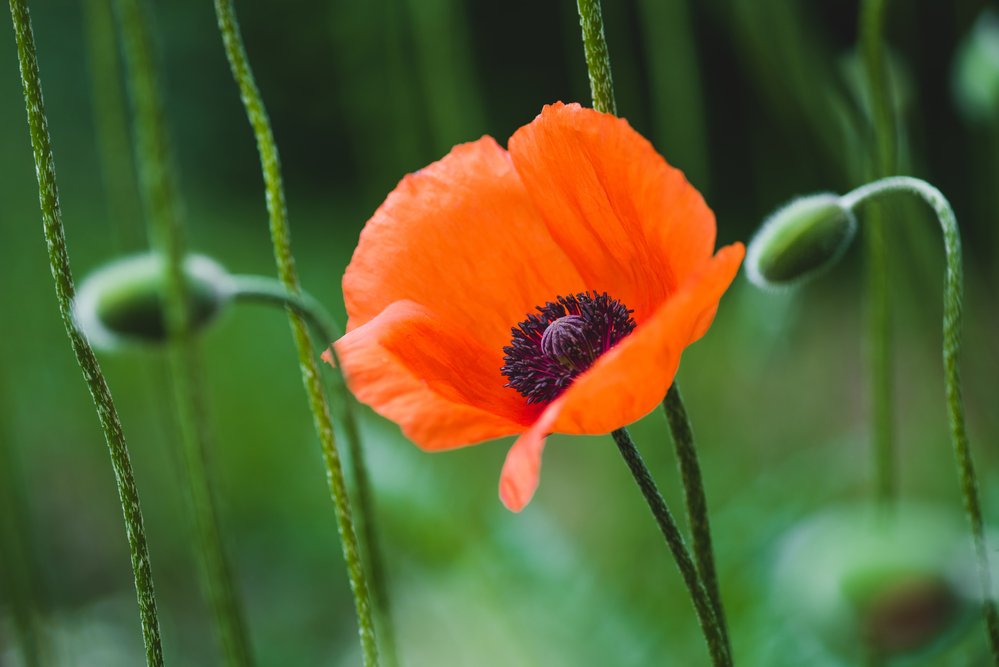
The beautiful poppy plant gives us opium (and heroin). This was first referenced around 3,400 B.C. Some natural derivatives of opium are codeine and morphine. Careful if this is growing in your yard! Some guy just got arrested because he had a backyard full of these flowers. (In Colorado, residents are allowed to grow weed as in marijuana, but I only have tulips, lol). Those natural opium-related analgesics ultimately led businessmen to figure out a way to morph and $ynthesize the chemicals into patentable, more potent (and addictive) synthetic “opiates,” the most infamous of which is oxycodone.
But again, the raw material that was sourced originally from the Earth provided good medicine to begin with.
Another example is penicillin, which was derived from a fungus growing on an agar plate which was accidentally left out on the laboratory counter. The mold was quite visible to scientists. The mold of penicillin had killed the bacteria that was growing on the agar plate. In other words, many antibiotics are fungus-based, and they can kill bacteria. Most antibiotics are fungal-derived. Aside from penicillin, we have other popular antibiotics such as the class called “cephalosporins” and these, too, are derived fungi. So are many others. They’re called “anti-fungal antibiotics” and a famous one is Streptomycin, which saved people from The Plague!
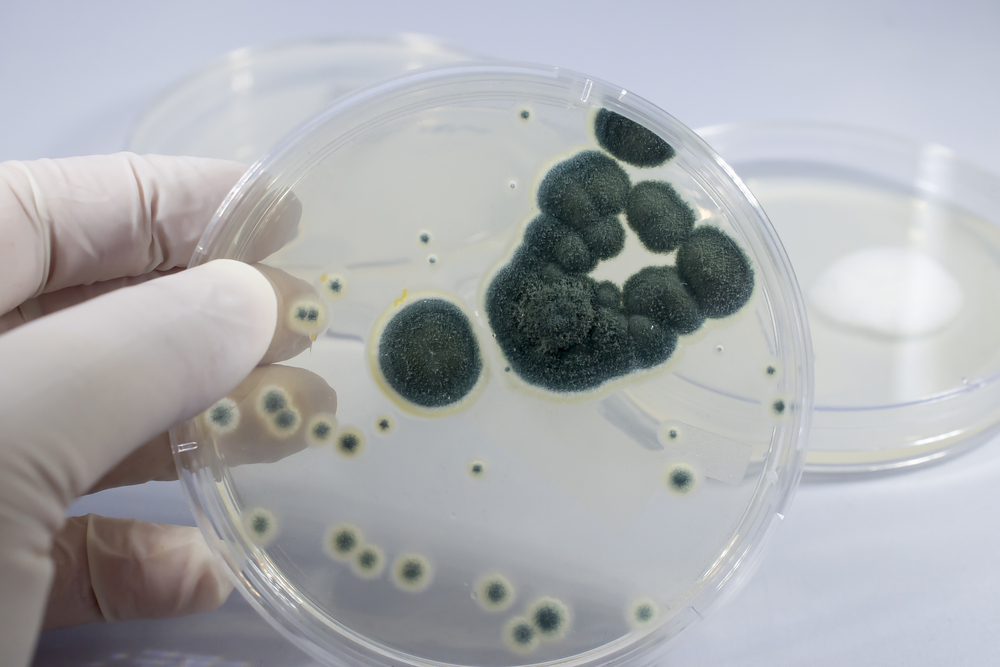
Sabouraud Dextrose Agar.
I’m not big on fungus at all, not at all! But before you get grossed out about fungus, consider that may infections that are treatable today were fatal in people before the advent of fungal-derived antibiotics. If you’d like to learn more about fungus and why it might be bad for you, CLICK HERE to visit my friend Doug Kaufmann’s site.
Before drug companies made a bazillion dollars with aspirin, we did have white willow, which was (and still is) the natural pain killer hidden within the white willow tree’s bark. The active ingredient that acts as medicine is called salicin. When you use the herb, the salicin gets metabolized in your body to form salicylic acid which is even stronger.
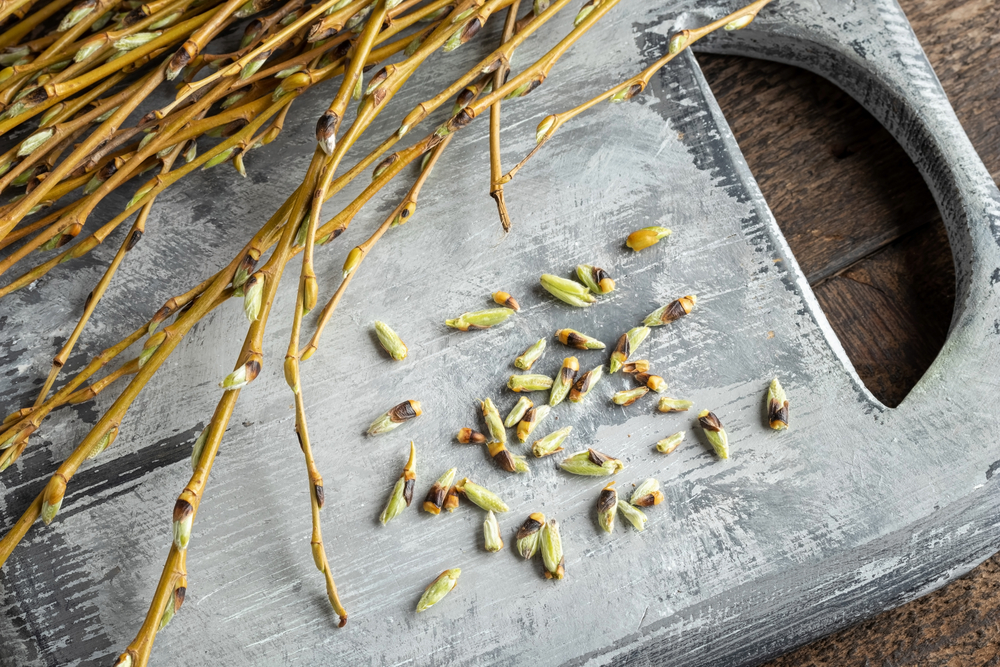
White willow is available as tea, tincture and supplements. It’s a natural analgesic for muscle and joint pain, and so much more! The drug aspirin is a synthesized version and it’s sold nationwide in pharmacies.
In low doses, you know it as “baby aspirin 81mg” and it has anti-platelet activity, as many of you with heart conditions know.
There is another compelling story I can share with you about digoxin. You may use this drug for congestive heart failure (CHF) or an irregular heart beat. (Speaking of CHF, I would be remiss if I didn’t tell you to investigate how useful CoQ10 is for that. CoQ10 powers every single heartbeat, and you make this substance in your liver. It has hundreds of studies when it comes to benefiting the heart, and specifically for symptoms of CHF. Not only that, but it can also help with other things including leg cramps, as you can read about in this ARTICLE entitled, “Magnesium and CoQ10 Improve Leg Cramps”. )
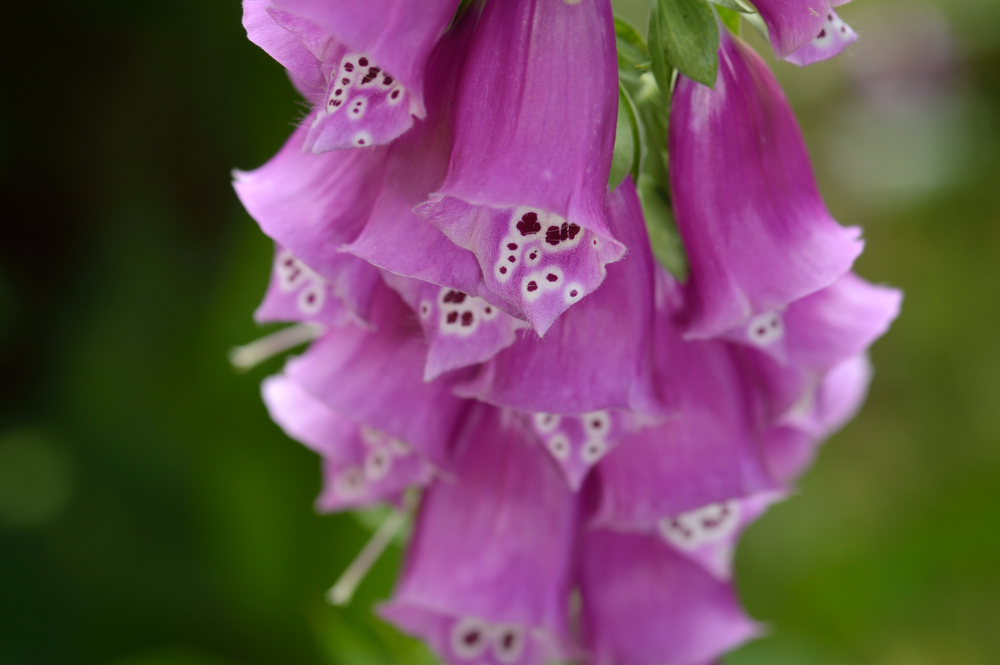
Back to digoxin… both digoxin and digitalis are two compounds that naturally occur in the plant called the Foxglove plant (Digitalis purpurea). This produces exquisite flowers, but be warned, all parts of the plant are considered “poisonous.” Centuries ago, people used to put these plant chemicals on the tip of their arrowheads in order to kill people.
Quinine is derived from a tree. From quinine we get hydroxychloroquine (HCQ), which comes from the Cinchona tree in Peru. It gives us quinine and we were lucky for it because millions of lives (people with malaria) were saved.
Quinine is an anti-malarial agent and was used for a long time, even for leg cramps. But it has serious side effects, so drugs like HCQ were developed, which have fewer side effects as compared to quinine.
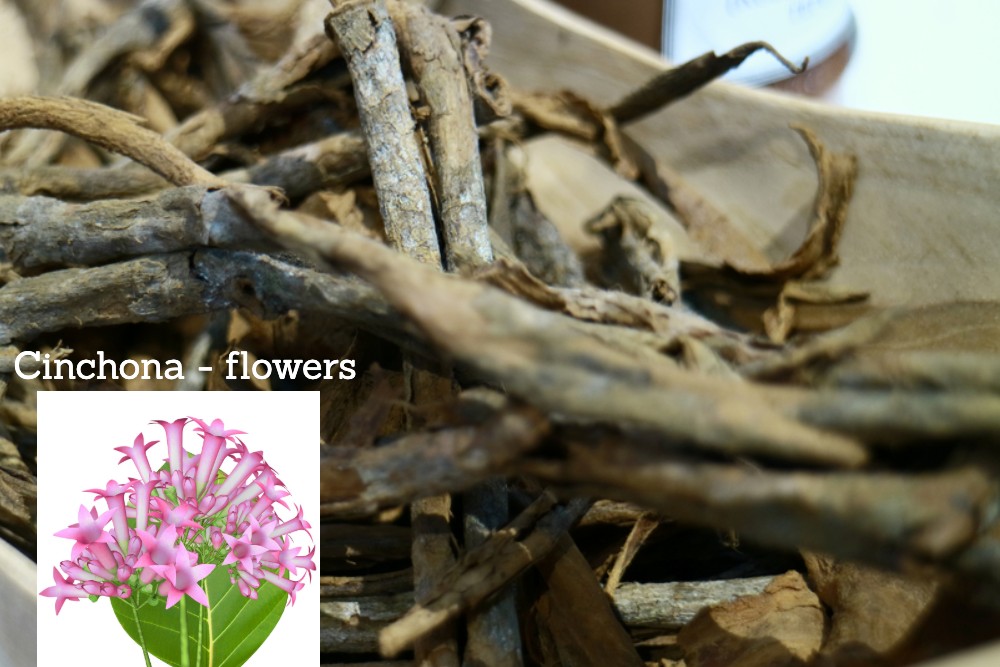
With time, we will have more clarity on the benefits (or adverse events) of HCQ. For now, we know it works well in some people with Rheumatoid Arthritis or Lupus because doctors prescribe it for that purpose. The point I would like to emphasize is that quinine was derived from tree bark before people changed its composition to synthetically produce a pharmaceutical drug. It’s just amazing what the Earth provides to us… many, many medicinal plants!

Here’s another one that has saved or extended lives: Paclitaxel (Taxol). This is probably the most popular chemotherapy drug that doctors use right now! It’s used for many cancers, including ovarian, esophageal, breast cancer, lung cancer, Kaposi sarcoma, cervical cancer, pancreatic cancer and others. It was derived from the beautiful Pacific Yew tree.
Then there’s Vincristine and Vinblastine, older chemotherapy drugs. These “vinca” alkaloids start out in their untouched form, from the Catharanthus rosea plant, known commonly as the stunning Madagascar periwinkle plant!
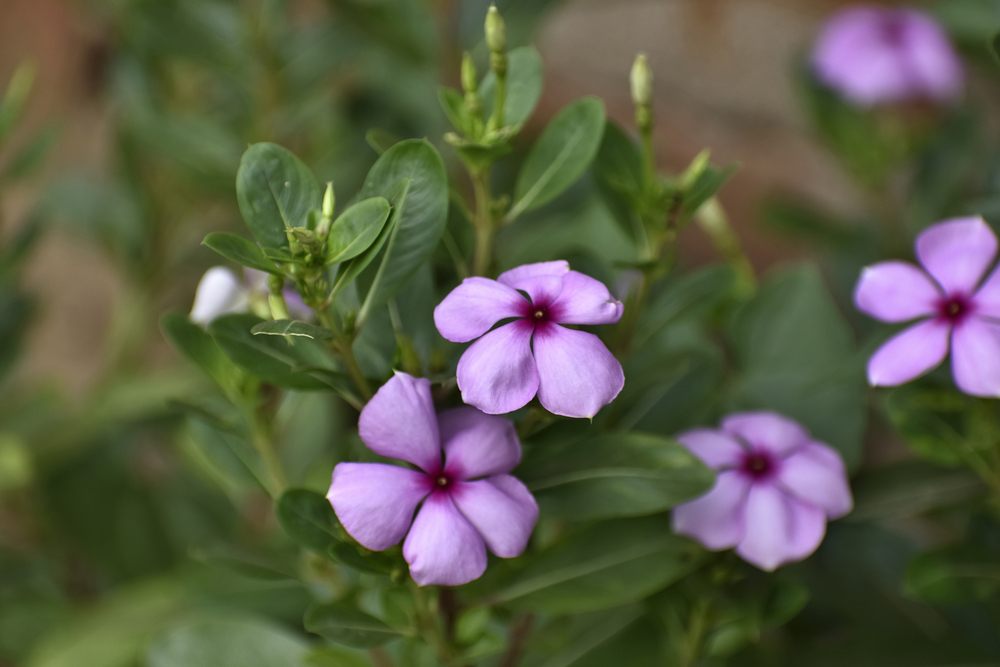
Of course, we can’t forget America’s drug of choice: caffeine! It’s in our coffee and tea, and it is one compound that is found naturally in green tea leaves (not herbal ones like chamomile or peppermint). Caffeine is produced synthetically today as a drug in the form of over-the-counter stimulants such as Vivarin® and NoDoz® as well as many weight loss aids. Caffeine is a natural thermogenic substance that causes you to burn fat faster. It’s a weight loss aid, and so is the green coffee bean.
And finally, we should talk about cocaine. In the beginning days of Coca Cola® there was rumored to be some cocaine in the first renders of the drink. We will probably never know if the makers of the world’s most popular fizzy beverage ever had cocaine in it. But no one is certain what the first pharmacist put into the drink when he dispensed it from his pharmacy!
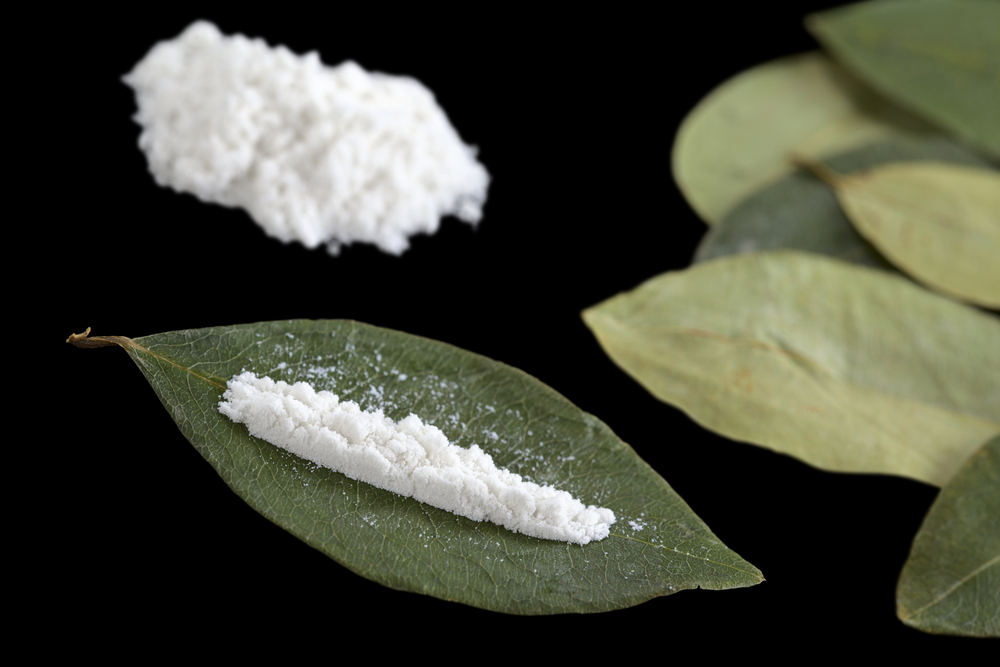
Historically, Cocaine was used by the Incas 3,500 years ago to induce anesthesia. It came from the Coca plant (Erythroxylon coca) and was widely available. Hard to believe! There was a time and place before some of us were born, when natural compounds from plants were widely used in our food, beverages and pharmacies. Older pharmacists don’t even recognize the big stores today with drive-up windows! It is so very different than those apothecaries that used Mother Earth’s original medications, not the mass-produced synthetic ones.

Suzy Cohen, has been a licensed pharmacist for over 30 years and believes the best approach to chronic illness is a combination of natural medicine and conventional. She founded her own dietary supplement company specializing in custom-formulas, some of which have patents. With a special focus on functional medicine, thyroid health and drug nutrient depletion, Suzy is the author of several related books including Thyroid Healthy, Drug Muggers, Diabetes Without Drugs, and a nationally syndicated column.

